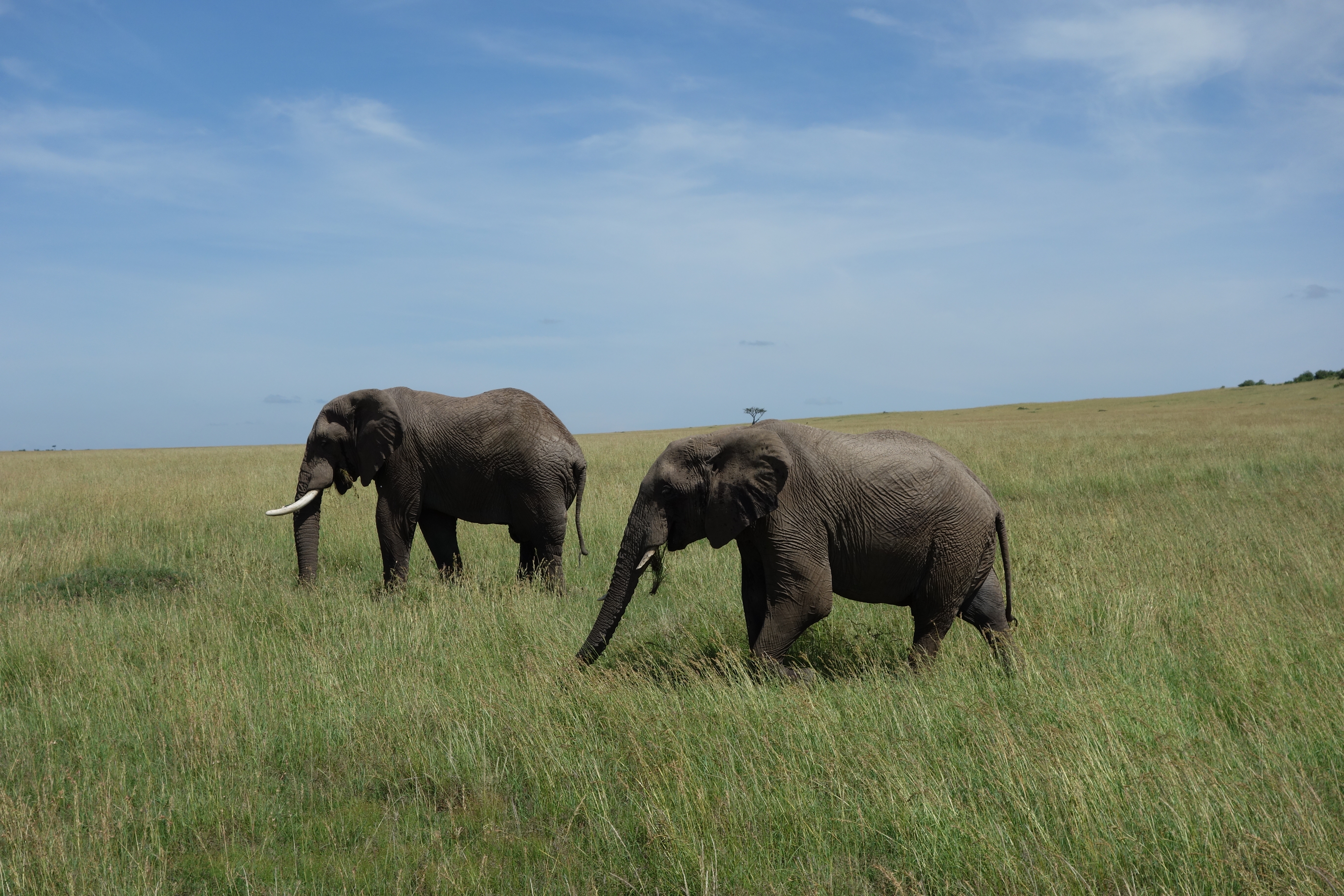A recent study completed by Oxford’s Wildlife Conservation Research Unit and Panthera, an organization dedicated to protecting wild cats, assessed how much, or little, individual countries contribute to protecting the world’s wildlife. They found that in comparison to the more affluent, developed world, biodiversity is a higher priority in poorer areas such as the African nations, which contribute more to conservation than any other region.
“Surprisingly little attention has been paid to variation among countries in contributions to conservation. As a first step, we developed a Megafauna Conservation Index (MCI) that assesses the spatial, ecological and financial contributions of 152 nations towards conservation of the world’s terrestrial megafauna. We chose megafauna (carnivores that weigh more than ≥15 kg and omnivores and herbivores that weigh ≥100 kg) because they are particularly valuable in economic, ecological and societal terms, and are challenging and expensive to conserve.”
Relative Efforts of Countries to Conserve World’s Megafauna
This would include megafauna like the African elephant that Mara Elephant Project is protecting to conserve the greater Mara ecosystem. The study says, that the loss of megafauna species is particularly worrisome for several reasons. Firstly, megafauna have significant cultural and societal value to humans and that large charismatic animals still persist in their natural habitats is greatly valued by large sectors of human society. The charisma of megafauna means they are disproportionately important in terms of engendering interest and willingness to pay for conservation among sectors of the general. Secondly, they tend to play particularly important ecological roles, as megafauna species are often critical to predator–prey cycles, nutrient cycling, seed dispersal and other ecological processes. Thirdly, megafauna can have significant economic value if their use values are harnessed appropriately and sustainably in places like Kenya that have successfully harnessed the appeal of large mammals to overseas visitors and wildlife-based tourism now comprises significant proportions of their GDPs. Finally, megafauna tend to require large areas for their conservation and so are likely to act as umbrella species whereby their conservation will indirectly benefit a suite of other species.

In this study they highlight that in spite of the above listed values, large mammals, like elephants, are under significant and growing threat. Key challenges include habitat destruction and excessive hunting, the growing international trade in wildlife parts, and increasing demand for bushmeat. Human–wildlife conflict represents an additional problem for megafauna in parts of the globe and results in widespread retaliatory killing.
Here’s what they found. Fifty-six countries contributed less than the average, with 28 ranked as below-average performers and 28 ranked as major underperformers. The remaining 96 countries were above-average performers, with 19 ranked as major performers. Botswana ranked the highest followed by Namibia, Tanzania, Bhutan and Zimbabwe. Additionally, the five best-performing countries for the ecological component were Botswana, Tanzania, Zimbabwe, Kenya and Zambia, with the first 22 countries for this component of MCI (a Megafauna Conservation Index was derived by multiplying the ecological, protected area and financial contributions; these values were then logged to correct for over-dispersion of the index) all being from the African continent.
“We present our index to emphasize the need for measuring conservation performance, to help nations identify how best they could improve their efforts, and to present a starting point for the development of more robust and inclusive measures.”


